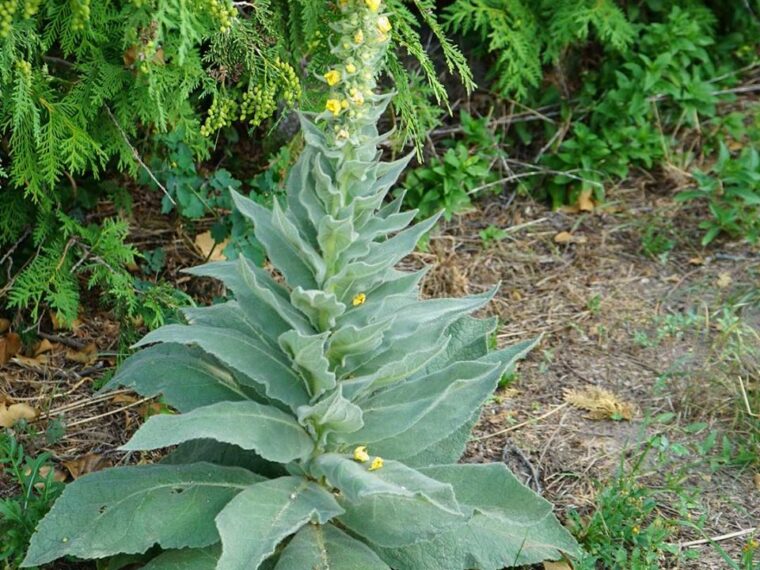The mullein plant, often overlooked by many, is a botanical treasure trove of benefits. Known scientifically as Verbascum thapsus, this tall, fuzzy-leaved plant is a common sight along roadsides and in open fields. Despite its unassuming appearance, mullein has been used for centuries in traditional medicine for its wide array of health benefits. Its towering stalks and vibrant yellow flowers make it a striking plant, yet many pass by without realizing its potential. Mullein is not just a weed; it’s a powerhouse of natural remedies waiting to be discovered.
Historical Significance and Folklore
Mullein has a rich history steeped in folklore and traditional use. In ancient times, it was believed to ward off evil spirits and was often used in rituals and ceremonies. The Greeks and Romans used mullein for its medicinal properties, particularly for respiratory ailments. In the Middle Ages, it was known as ‘Hag’s Taper’ because people dipped the stalk in tallow to use it as a torch or candle. Some even believed witches used it in their spells, while others used it to repel them.
Native American tribes had their own uses and reverence for the plant. The Cherokee, for example, used mullein as a smoke inhalant for lung problems. The Navajo used the leaves to line their shoes during long journeys to prevent blisters. The plant’s versatility and abundance made it a go-to remedy and tool in early North American life.
Identifying the Mullein Plant
Identifying mullein is relatively easy due to its distinctive features. The plant typically grows between 2 to 6 feet tall, although in optimal conditions, it can reach up to 10 feet. It features a single, unbranched stalk that rises dramatically from a basal rosette of large, velvety leaves.
- Leaves: These are soft, thick, and woolly — almost like felt. The fuzz helps the plant retain moisture in dry conditions.
- Flowers: In its second year, mullein blooms with small, yellow flowers that cluster densely around the upper part of the stalk. These flowers bloom from the bottom upward, often over several weeks.
- Stalk: The tall, upright central stalk is a hallmark of mullein in bloom and can sometimes look like a natural torch, echoing its old nickname.
Once you spot it, you won’t forget it — and you’ll start noticing it everywhere.
Habitat and Growth Conditions
Next page





